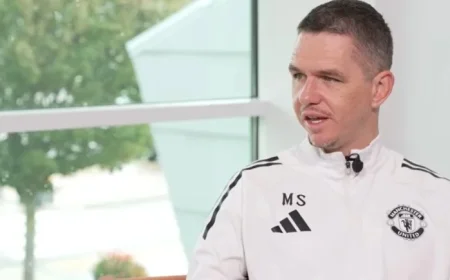Explore the Cultural Heights at Rome’s Museo Nazionale Etrusco di Villa Giulia

The Museo Nazionale Etrusco di Villa Giulia in Rome plays a pivotal role in nurturing cultural heritage. It will be a key participant in the bid for Tarquinia and the Etruskey network to be named the Capital of Italian Culture for 2028. This initiative emphasizes the importance of culture as a cohesive force that unites regions.
Key Facts About the Cultural Bid
The proposal, titled “La Cultura è Volo” (Culture is Flight), was presented on November 18, 2025. Tarquinia’s mayor, Francesco Sposetti, leads this effort, supported by Letizia Casuccio, president of DMO Etruskey, and coordinator Lorenza Fruci.
Collaboration and Organizational Structure
This project is backed by various institutions:
- Parco Archeologico di Cerveteri and Tarquinia
- Museo Nazionale Etrusco di Villa Giulia
- Autorità di Sistema Portuale del Mar Tirreno Centro Settentrionale
- Direzione Regionale Musei Nazionali Lazio
- Soprintendenza Archeologia Belle Arti Paesaggio Etruria Meridionale
Notably, Tarquinia will serve as the lead city, uniting nearby municipalities under a common cultural identity. These include:
- Allumiere
- Barbarano Romano
- Blera
- Canale Monterano
- Cerveteri
- Civitavecchia
- Ladispoli
- Montalto di Castro
- Monte Romano
- Santa Marinella
- Tolfa
The Concept of Diffused Culture
The innovative aspect of this candidacy is the aim to create a “Capital of Diffused Culture.” This approach emphasizes distributing functions and activities across various communities. It reflects the idea that culture arises from interconnectedness rather than singular dominance.
Proposed Cultural Activities
The cultural program encompasses a diverse range of initiatives, designed to integrate past and present. A significant highlight will be an extensive exhibition on Etruscan sacred themes, developed collaboratively by museums, archaeological parks, and universities. This project seeks to present a comprehensive view of Etruscan society’s spiritual connections.
Engaging Contemporary Creativity
- Theatrical performances spread throughout communities
- Poetic projects aimed at youth
- Competitions for a television series based on Etruscan history
Such initiatives aim to transform cultural heritage from mere background to an engaged partner in storytelling and education.
The Landscape as Cultural Identity
Integral to the candidacy is the recognition of the landscape as a vital element of regional identity. Projects like the Cammino degli Etruschi and the Lazio Blue Route aim to promote this idea, offering insights into ancient agricultural systems and settlement patterns.
Commitment to Collaboration and Accountability
This proposal is supported by a broad network of collaborations, including universities and cultural foundations. A crucial feature is the introduction of external monitoring mechanisms, ensuring accountability and systematic evaluation of the cultural strategies.
By presenting the dossier to communities across the network, Tarquinia aims to create a shared ownership of the cultural agenda, affirming that these initiatives are collective endeavors rather than top-down impositions.
Conclusion
This multifaceted cultural initiative envisions a cohesive relationship between culture, landscape, and community involvement. The metaphor of the Cavalli Alati from Tarquinia symbolizes the grounding power of history while simultaneously reaching upward toward contemporary engagement. The goal is not merely to replicate the past but to elevate and connect the collective identity of the region.

































